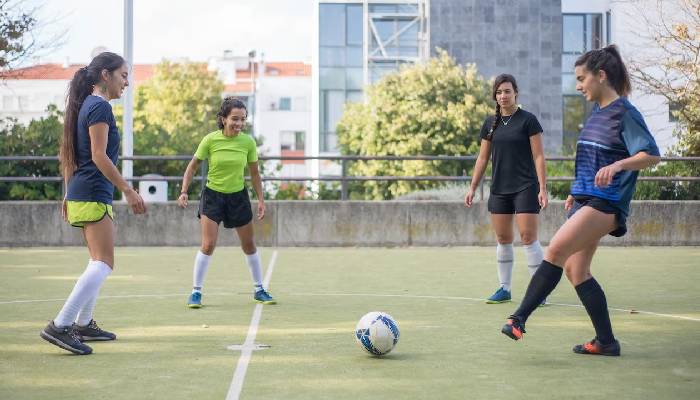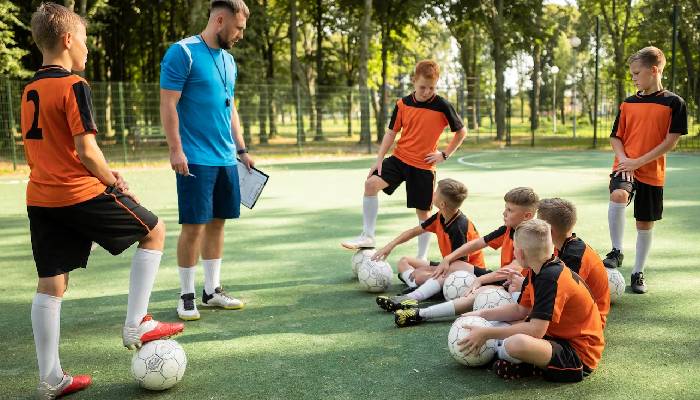The education system in India offers a variety of options to cater to the different needs and aspirations of students. While traditional schools offer academic education, sports schools aim to provide students with a platform to excel in sports alongside their academics. Our school is among the top sports school in India.
When it comes to education, students in India have a variety of choices to choose from. Regular schools have been a staple of the education system for generations, offering a well-rounded curriculum aimed at preparing students for higher education and future careers. But in recent years, the rise of sports schools has offered a new alternative, one that promises to develop students’ athletic abilities alongside their academics. So, what are the differences between regular schools and sports schools? Let’s explore.
Sports schools offer specialized training and facilities for students thinking of pursuing sports as a profession. From state-of-the-art training grounds to experienced coaches, sports schools are there to help students reach their full potential in their chosen sport.
On the other hand, regular schools focus primarily on academic subjects and preparing students for higher education. They may offer sports programs, but the emphasis is not on skilled training.
It’s a debate that’s divided opinions for years. Which is better for students, a well-rounded education or a specialized education in sports? The answer is not as simple as black or white, as each option has its own advantages and disadvantages. So, which one is correct for you or your child? Read on to learn more about regular school and sports school and make an informed decision.
Regular Schools vs The Sports School:

1. The Difference in Curriculum: The curriculum of regular schools is primarily focusing on academic subjects such as math, science, history, etc. The aim is to prepare students for higher education and future careers. In contrast, sports schools offer specialized training in different sports along with a regular academic curriculum. The goal is to assist students to evolve their athletic abilities and pursue a career in sports.
2. Facilities: Regular schools have basic sports facilities, but they are not equipped to provide specialized training in sports. On the other hand, sports schools have state-of-the-art sports facilities, including training grounds, swimming pools, indoor stadiums, and other amenities necessary to provide quality training to students.
3. Training and Coaching: In regular schools, sports training is usually limited to a few hours a week. The priority is not on skilled training but on promoting physical fitness and overall health. In contrast, sports schools provide extensive training and coaching to students under the guidance of experienced coaches. The aim is to help students achieve their full potential and excel in their desired sport.

4. Career Opportunities: Regular schools prepare students for a range of careers, including medicine, engineering, law, and many others. However, they do not provide any specialized training for a career in sports. Sports schools, on the other hand, provide students with an opportunity to pursue a career in sports by honing their skills and providing them with the necessary training and exposure.
Conclusion:
The Regular school and sports school cater to the different requirements and aspirations of the student. While regular schools aim to prepare students for higher education and future careers, sports schools aim to provide students with a platform to excel in sports and pursue a career in the same. Both types of schools have their own unique features, and students can choose the best option based on their interests and goals.
Also Read, Importance of Sports In School











